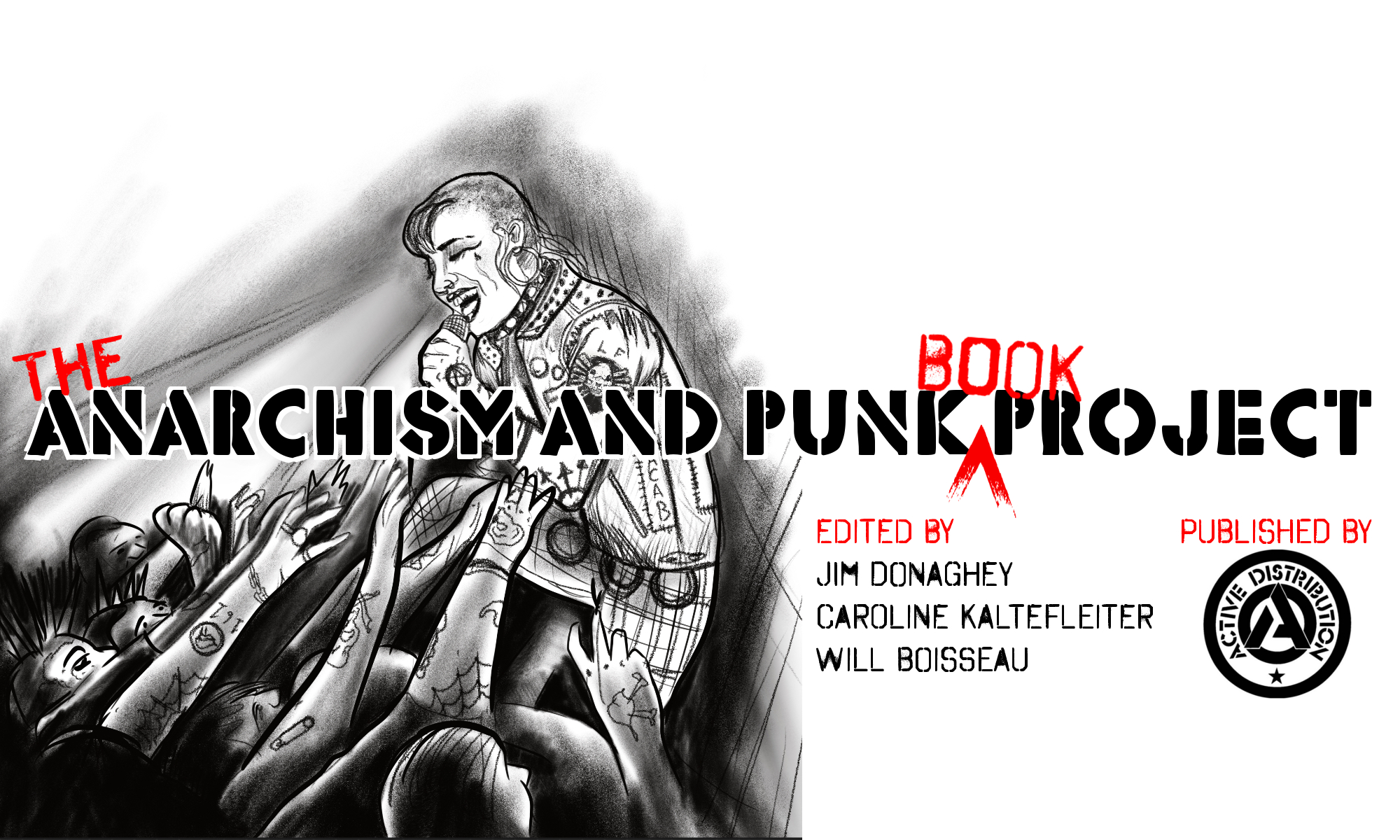Information for Contributors
Chapters should be between 5,000 and 8,000 words. Your chapter should be written with a general readership in mind – please avoid overly academic language, and where it is necessary to use such language, please explain these concepts in clear terms.
The 8,000 word limit is inclusive of all references and notes. You may use endnotes, but please keep these to an absolute minimum.
Please use the ‘APA’ in-text, author/date referencing style. A handy guide to this referencing style can be accessed here: https://www.mendeley.com/guides/apa-citation-guide
And full details of the APA referencing style are here: https://apastyle.apa.org/style-grammar-guidelines/references/examples
Images should be at 300dpi for colour images and 600dpi for greyscale/black and white, and be as large as possible but not exceeding 25cm in width. Captions for images are encouraged, including image credits. Make sure you have permission to use any images, or that the images are from anti-copyright or Creative Commons sources.
Full style guide:
- UK or US spelling are both acceptable (ise/ize), whatever the author has submitted we can stick with, but spelling style should be consistent within each chapter.
- Same for bands as singular or plural – either is acceptable. (eg. UK tends to have a band as a plural entity: ‘The Exploited make music’. While US has them singular: ‘Minor Threat makes music’).
- Quotations are within ‘single’ apostrophes (with ‘double apostrophes “for quotes within quotes”’) – no quotation marks for indented quotes. Make sure all apostrophes are of the curvy variety (not straight – pay particular attention for copy-pasted sections).
- Quotes over 50 words should be indented (1cm indents left and right of the quote).
- Square brackets reserved for translation information e.g. ‘Grito Suburbano [Suburban Scream]’, or for additions to quotes ‘John [Lydon] wore a MAGA t-shirt’ – otherwise cascade brackets within brackets eg. (that’s how we (everyone) will do it (see Boisseau, 2027)).
- Full stops come after quotation marks (and after reference information – except in the case of indented quotes, when the full stop comes before the reference info brackets).
- Don’t use ibid. or op. cit. – just repeat reference info where necessary.
- Numbers: words for one to twenty, numerals for 21 to 9,999,999 … ∞. Comma in numbers from 1,000 upwards, as shown.
- All text in the size 11 font.
- Use Calibri font.
- All text and headings aligned left (not justified).
- Double spacing throughout (add space after paragraph).
- No shift or extra spaces to mark new paragraph, just align left.
- No additional returns/spaces between paragraphs, and none before new headings either.
- Single space only after full-stops.
- One space either side of ellipses, no square brackets … like this.
- Bold text for title and main headings, italic text for sub-headings, plain text for third level headings. No capitalisation.
- Band names, record shops, venues etc. are in plain text (not in caps, bold or italics).
- Album titles are in italics (treat as book titles).
- ‘Song titles’ are within apostrophes in text (treat as journal article titles).
- Don’t use italics for words in other languages, but use square brackets for in-text translation of words/bands etc.
- No full-stops between the letters of acronyms, eg. IWW, CNT, FTW.
- Long sections of song lyrics presented as indented quotes (even when not exceeding 50 words).
- Use 1970s or 2020s (not ‘70s, ‘20s, seventies, or twenties).
- Only use a dash when a time period is being used as an adjective, e.g. ‘mid-1970s clothing’ and ‘clothes worn in the mid 1970s’ are both correct.
- Use wide hyphens (not short dashes) for sentence punctuation e.g. ‘São Paulo – the place of origin of the bands’ (not ‘São Paulo – the place of origin of the bands’). (But not those really long hyphen things either).
- Use an Oxford comma where it’s useful to differentiate within a list (but no need otherwise). E.g. ‘Potatoes, mac and cheese, and salad’ or ‘Onions, gravy and beans’.
- Footnotes are strongly discouraged, but where they are essential, they should be numbered 1,2,3, etc. and be in Calibri font, size 10.
- Insert page numbers, bottom right of page.
- Minor adjustment to APA – in-text citations should have a space after ‘p.’ eg. (Kaltefleiter, 2037, p. 16).

